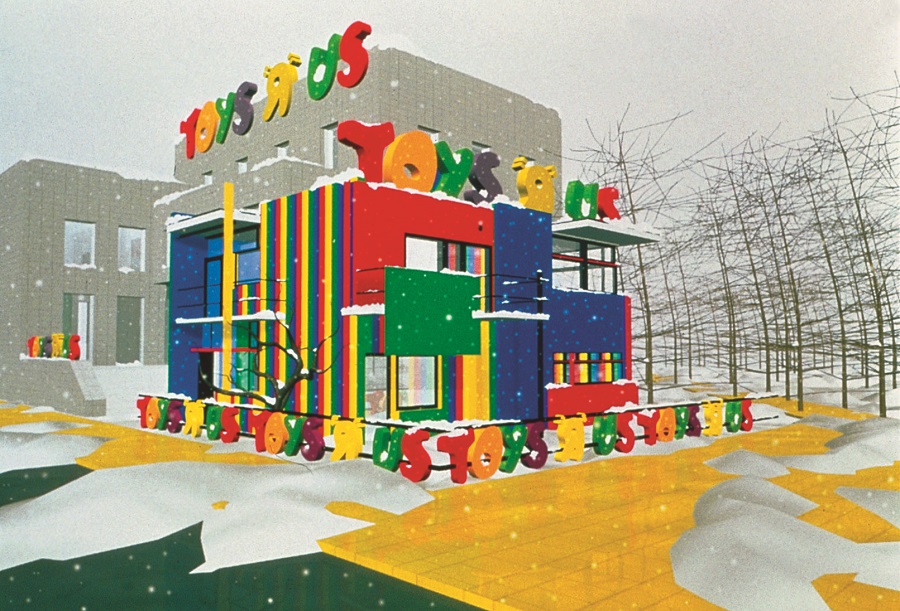The work displays the commercial uptake of modernist ideals in artworks that are strangely compelling.
Callum Morton
Born 1965, Montreal, Canada
Callum Morton's work has been called 'the archaeological recuperation of interred forms and histories'. (1) One strand of his art practice involves making two–dimensional digital models and then fabricating these models into three–dimensional scale models. Recent work joins iconic modernist buildings to commercial interests, thus turning the Schroder House in Utrecht into a Toys 'R' Us shop, the Casa Malaparte in Capri into a Spizzico restaurant and the Farnsworth House in Illinois into a 7/11 store. The global rush of capitalism, to cover the earth with the same products and the same places through franchising, is here seen to work over and around other cultural agendas. The work displays the commercial uptake of modernist ideals in artworks that are strangely compelling.
Morton's research into modernist architecture that once was exclusive and extraordinary but has now become ordinary, even cheap and flimsy, confronts us with the visible movement of history and thus our own passing.
1 Max Delany, 'Raising the dead: an interview with Callum Morton', Like, Number 10, Melbourne, 1999.
Stephanie Radok from her Samstag catalogue essay, The Point of Knowing
2003 Anne & Gordon Samstag International Visual Arts Scholarship
2003 Non-degree Research Program, Art Center College of Design, Los Angeles, USA
1999 Master of Fine Arts (Sculpture), RMIT University, Melbourne
1998 Bachelor of Fine Arts (Painting), Victoria College, Melbourne
1995 Bachelor of Architecture, Royal Melbourne Institute of Technology, Melbourne

